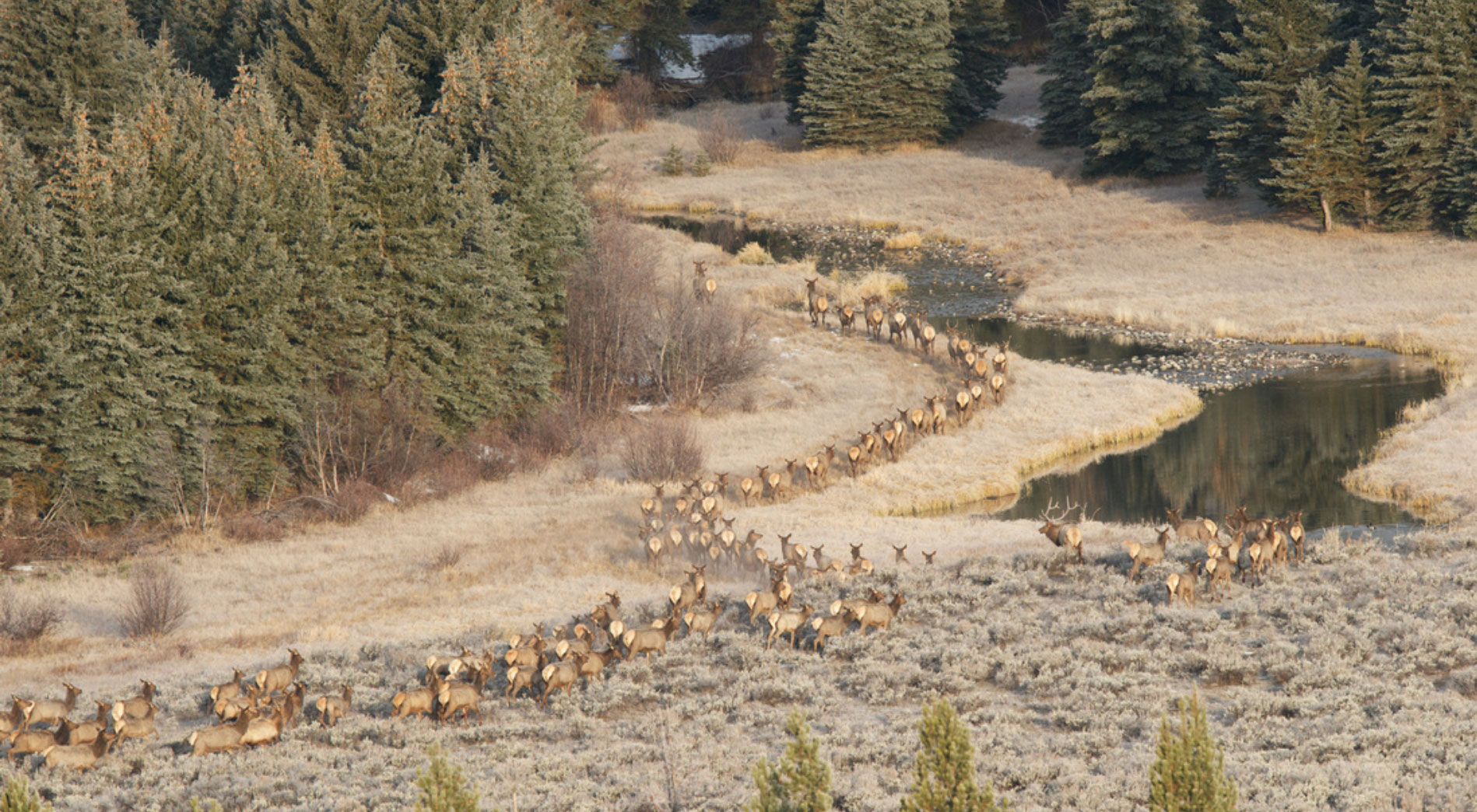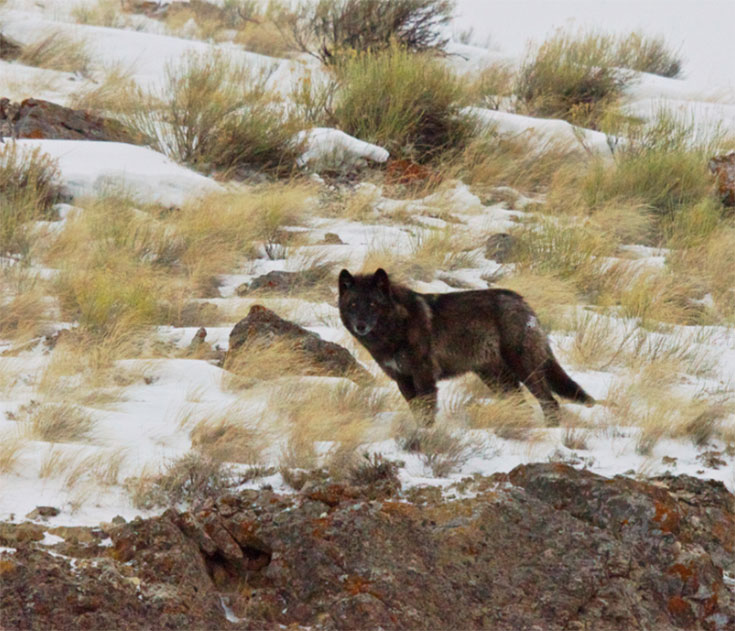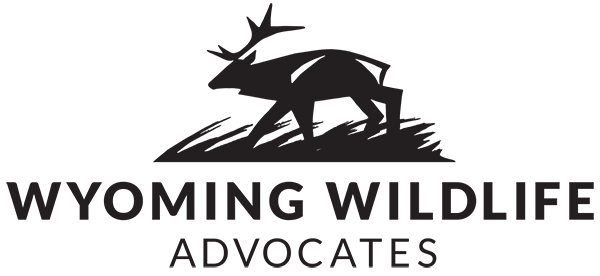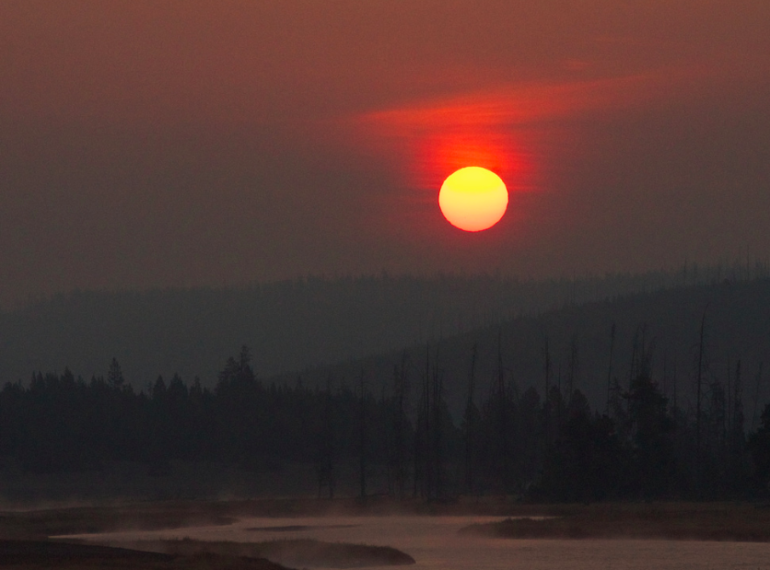In light of recent conflicts involving people and grizzly bears in Northwest Wyoming, there is a real opportunity for learning. Let’s face a fact, there is a subset of the population that hates change. However, change from 19th Century values to even 20th Century values is long overdue, let alone making it all the way to the 21st Century. It’s been 85 years since Aldo Leopold published his famous book Game Management in which he realized that wildlife management needed to change if America’s wildlife was to be preserved. However, many wildlife management agencies and citizens of the West are still operating on pre-Leopold principles and thoughts.
Westward expansion was mainly driven by those individuals who believed in “manifest destiny” in which white men were dominant over nature and the Wild West needed to be tamed. Predators were eradicated as settlers moved westward in order to make the west “habitable.” Raising livestock or hunting and living off the land was the only known way of life. Life was already difficult at this time and settlers did what needed to be done. It’s not up to us to judge whether this was right or wrong, it just is what was. Most of us who call the Western U.S. home owe our gratitude to those pioneers who paved the way for us to live here today. Knowing and accepting that, we must also take a look at the way things were and the way things are now in regards to wildlife management, particularly predator management.
Biological fact: predators are a necessary part of any ecosystem and are needed to maintain healthy and robust populations of prey. Science has proven this time and time again and we know it to be true. No matter what level of education a person has, they can no longer claim ignorance of this biological principle. The real sticking point is what numbers of predators are necessary in an ecosystem. Wildlife management is a convoluted science consisting not only of biology, but also economics, ethics, and social sciences. The position that wildlife managers are put in is often a difficult one in which they must serve the interests of their constituents, which indeed is their job. Their primary charge is to manage wildlife using the best available science. The best available science tells us that predator populations will self-regulate and do not need to be actively managed by humans. Considering that the government still has programs to eradicate predators, wildlife management in the U.S. still has a very long way to go.

Getting back to the underlying principle that there is a subset of the population that hates change, we have the folks out there who are begging for a grizzly hunting season and are very pleased that wolves can be killed anytime for any purpose or no reason at all (in most of the state for most of the year). These mindsets are carried over from the era of westward expansion and the fact that their ancestors (from only 75-150 years ago) believed that predators were the bane of nature. Their worldview has been shaped and influenced by their livelihood of raising livestock in a predator-less west. The thing they are forgetting is that predators have only been extirpated from the western U.S. for about 100 years. A recent paleontological find has proven wolves to be present on this continent since at least 80,000 years ago. Pioneers made sure that their livestock (mainly cattle and sheep) could be turned out to graze unharmed by large predators. There was never a guarantee that predators would stay gone.
A quote by famed author Maya Angelou fits well here. “I did then what I knew how to do. Now that I know better, I do better.” Now that we know predators are a necessary part of the ecosystem and belong on western landscapes, we are working to restore them and right the wrongs of our past. Attitudes and behaviors will have to change. Predators have been reintroduced and are indeed making a comeback. Society will no longer tolerate predators being eradicated in mass numbers as they once were.
If ranchers are to continue their legacy and way of life, then they must adapt to the new west. New and innovative ways are being shown to be effective at reducing or eliminating loss of livestock to predators. Entire research facilities are devoted to finding ways for livestock producers and predators to share the land. Livestock groups should be educating their base about how to continue their trade in new ways that will help protect their investments and livelihoods in this new environment. Railing about predators and pressuring wildlife management agencies to once again vastly reduce predator numbers is not a sustainable or adequate mode of conduct. A vast majority of individuals visit and move to the West to be close to wildlife and nature. Eradication of predators is not socially acceptable in today’s society. With significant tracts of land still wild, the West has more than enough territory for predator populations to expand greatly beyond what they are now. Anyone wishing to raise livestock as a living can either adapt to the way things are now or move somewhere where predators will likely never make a comeback, like the Midwest.
The Rockies have some of the last intact ecosystems left and it’s up to us to make sure they stay that way. In this new West, ecosystems will be healthier, the West will once again be wild, and we will have made a small retribution for our mistakes of the past.


